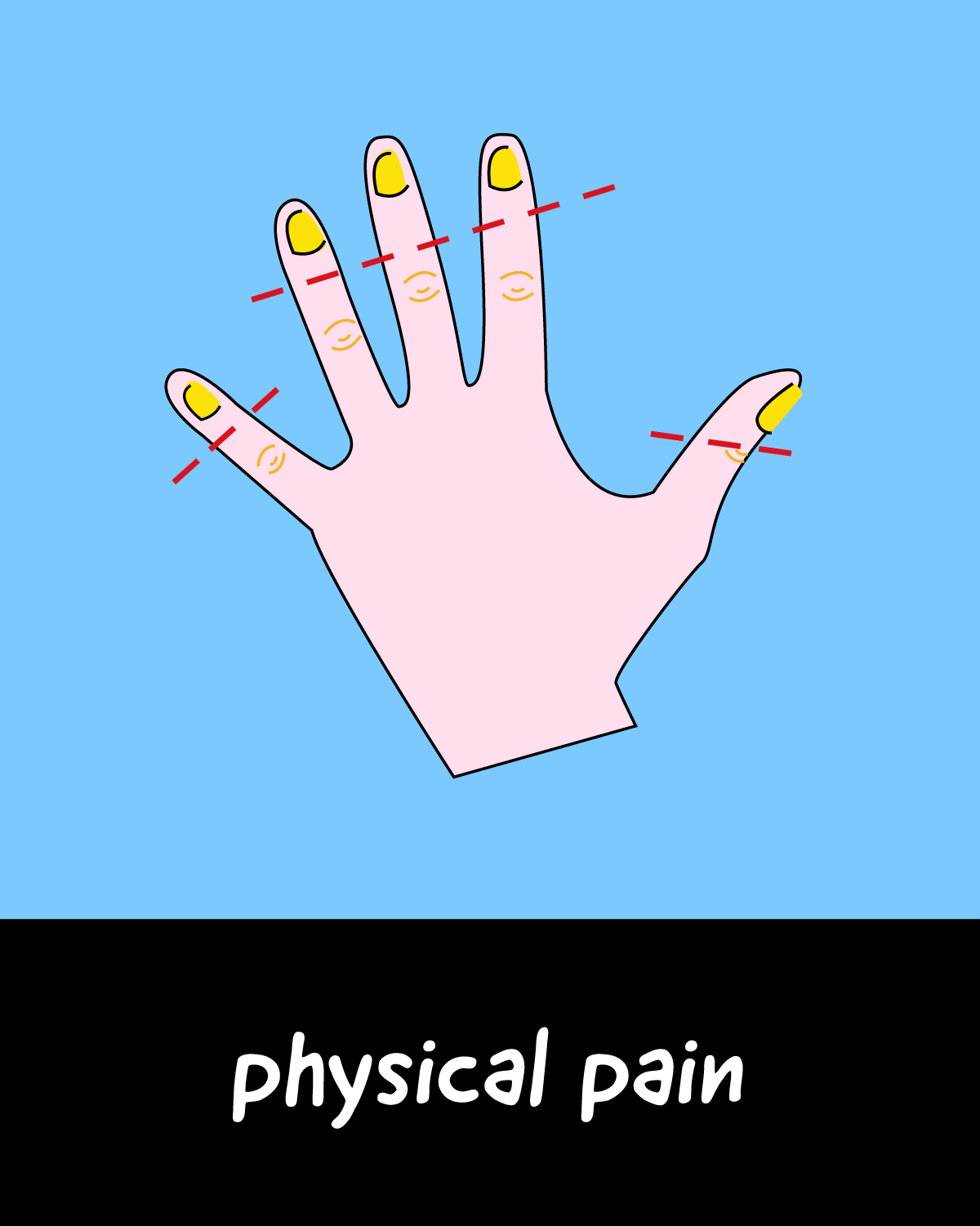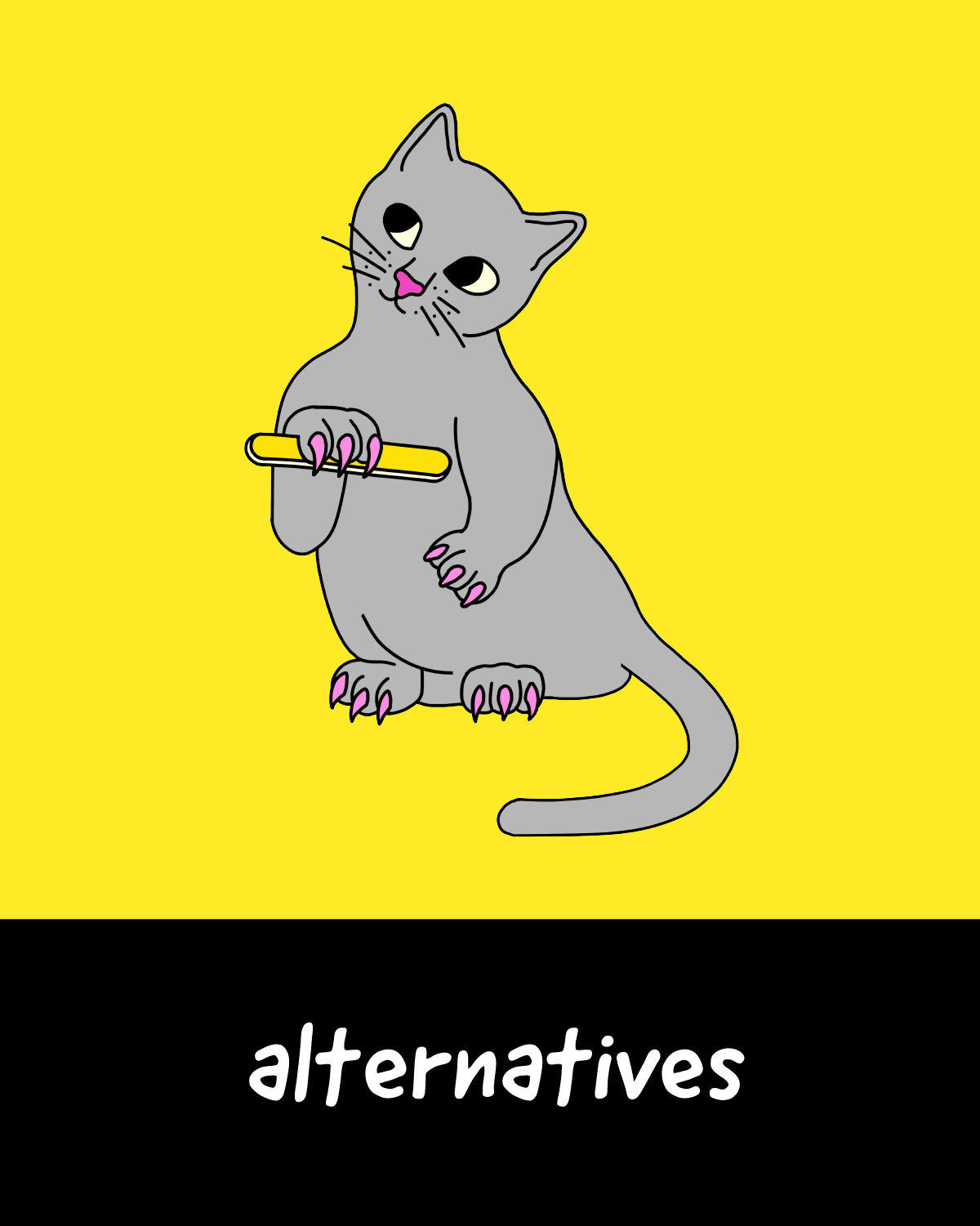What are the psychological impacts of declawing?
Sharpening one’s claws is a natural and instinctive behaviour. It is how cats mark their territory both visually and with their scent, and therefore represents a form of communication. Cats also use their claws to grip a surface in order to fully stretch their body. Claws furthermore enable cats to keep their balance, climb, and thus perch in high places. The ability to express all these behaviours is crucial to cat welfare. In addition, claws are a cat’s main defense mechanism. Declawed cats are thus deprived of being able to express species-specific, natural behaviours, which severely compromises their psychological welfare.
Declawed cats are more likely to develop behavioural problems than cats who have not undergone the surgery
Several studies indicate that declawing is a significant risk factor in the development of both litter box problems and aggression. According to one of these studies (add link), one-third of declawed cats develop at least one behaviour problem following the procedure. According to the same study, 18% of declawed cats show an increase in the frequency of bites and 15% exhibit litter box problems.
Indeed, without their claws, cats lose their main defense mechanism and therefore have to resort to biting to express dissatisfaction or to try to scare off what they perceive as a threat.
I have young children or a member of my family is vulnerable … Do I really have a choice about declawing my cat?
Declawing does not reduce the risk of injury to young children or vulnerable individuals, such as those who are immunocompromised. On the contrary, declawed cats are more likely to bite, and bites are usually more severe and become infected more often than scratches. For these reasons, the American Center for Disease Control does not recommend declawing cats in homes where an immunocompromised person resides.
To ensure the safety of young children, the best solution is to teach them to recognize and respond appropriately to a cat’s body language. A cat who flattens her ears against her head, is swishing her tail, is growling or hissing wants to be left alone.
Aren’t non-declawed cats more at risk of being relinquished in shelters?
Some advocates of declawing claim that declawed cats are less likely to be relinquished in shelters since they cause less damage in the home. Yet the Montreal SPCA receives a large number of declawed cats every year who display behaviour problems, which are frequently cited as the reason for relinquishment. According to the Canadian Veterinary Medical Association, there exists no peer-reviewed study showing that cats with claws are abandoned more often than declawed cats. On the contrary, statistics from eight Californian cities that have banned declawing indicate that the numbers of cats surrendered to shelters has been steadily declining since the adoption of the bans. In addition, studies tend to show that declawing causes behavioural issues that, in turn, lead to abandonment. Further, several studies indicate that declawing is a significant risk factor for the development of litter box problems and aggression, two reasons frequently cited when cats are surrendered to shelters.
“One of the first questions I ask when I see cat behaviour cases is has your cat been declawed? There are a resounding number of cases of declawed cats that eliminate outside the box and/or are aggressive to people or other cats. These cats need life long treatment for pain and many end up being relinquished to shelters or euthanized. I can help some of these cats live a better life. The sad part is, I would not need to if they had never had the amputation in the first place.”
– Dr. Enid Stiles, DVM, MSc in clinical veterinary behaviour medicine, owner of Sherwood Park Animal Hospital, Vice President of CVMA and a director of Paw Project Quebec.
“It’s very clear that declawing can cause long-term damage and decrease the quality of life and welfare of cats. […] studies show that declawing causes behavioural problems that lead to pet abandonment. ”
– Dr. Martin Godbout, veterinary behaviourist and president of the Globalvet clinic network, who refuses to declaw (Free translation)
“When you cut off the tips of the toes of animals, who like using those toes and claws to engage in normal, natural behaviours, I think you’re depriving them of something that is fundamental to their existence.”
– Dr. Jonas Watson, president of the Manitoba Veterinary Medical Association, which is considering banning declawing
LEARN MORE
Sign the petition to ban declawing in Quebec and find out more about the consequences of declawing on cats’ healt, as well as alternatives to the procedure.










